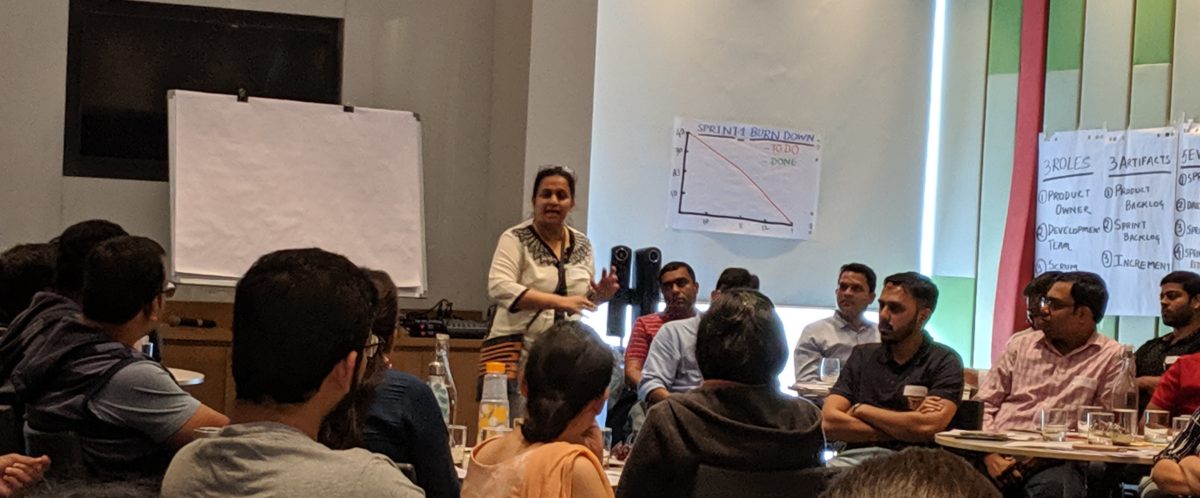Scrum Guide now formally defines the terms product and product goal
Scrum always was a framework to deliver complex products. However the 2020 Scrum Guide defines “product” formally for the first time . The guide defines scrum as “a vehicle to deliver value”.
A product has a clear boundary, known stakeholders, well-defined users or customers üA product could be a service, a physical product, or something more abstract.
üIt has a clear boundary, known stakeholders, well-defined users or customers üA product could be a service, a physical product, or something more abstract.
This definition clarifies the misconception that a product is a tangible item and a service which is inherently intangible can not be termed a product and as such scrum teams cant work on a service , the guide now states transparently that
- A Product has has a clear boundary, known stakeholders, well-defined users or customers.
- A product could be a service, a physical product, or something more abstract.
A product goal is defined as the long-term objective for the Scrum Team. It describes a future state of the product which then serves as a target for the Scrum Team to plan against. This goal is included in the product backlog and in fact is a “commitment” that drives “what” gets added in the product backlog.
Scrum team has one product goal and the team must fulfill or abandon the goal before moving on to next product goal

